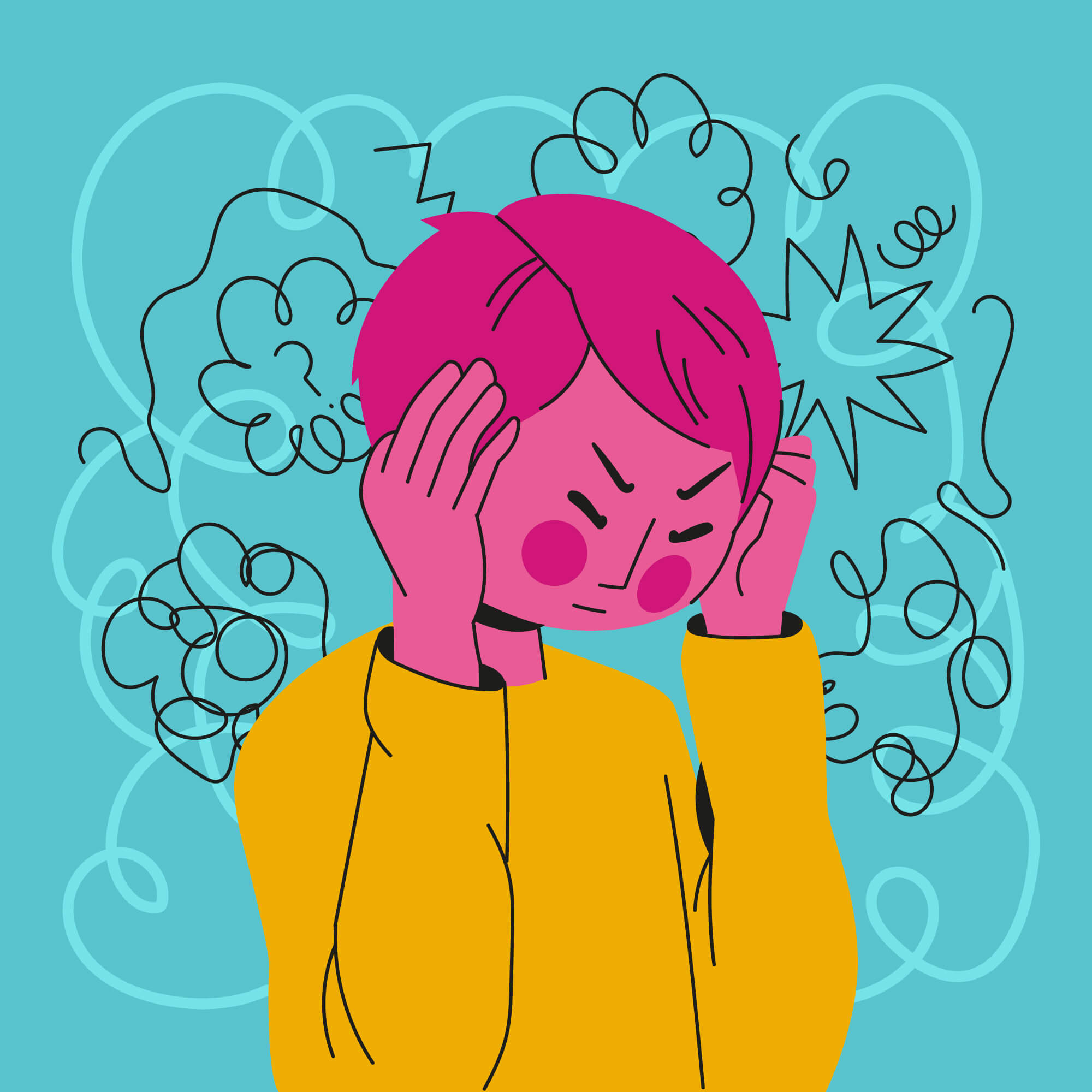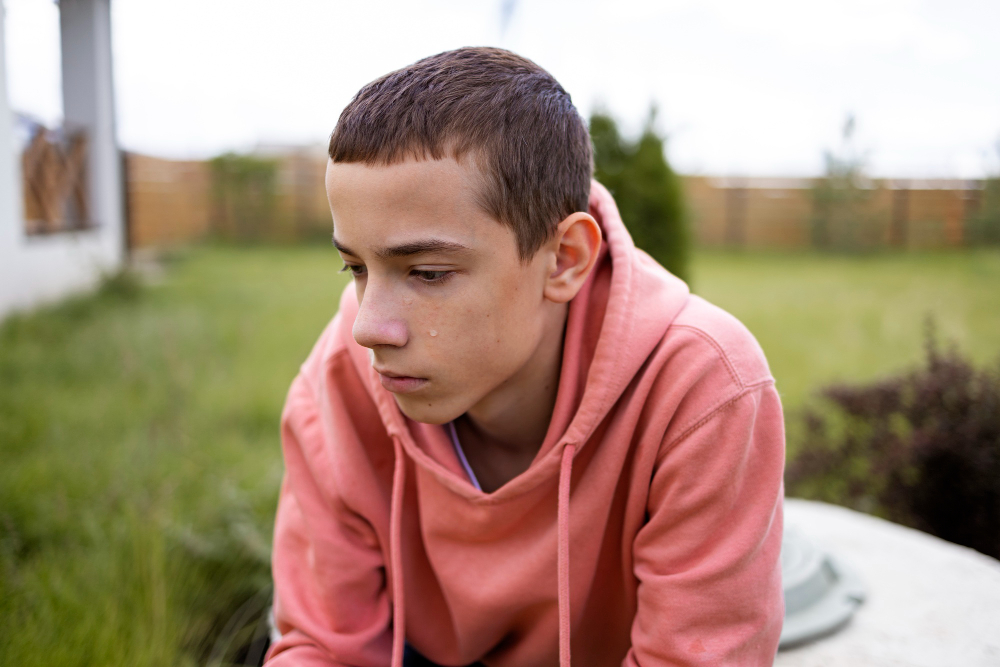The hardest moments to navigate are often the ones that happen in seconds—but have been building for months.
A single moment can change everything. A shove on the playground. A child running out the door. A sharp word or a sudden slap. To someone looking in from the outside, these moments can seem like they came out of nowhere—an unpredictable flash of danger or defiance. But if you are the parent of a disabled child, you often know exactly how long the moment has been coming. You have seen the supports slip away, the supervision get thinner, the signs of stress go unnoticed. You have sent emails, raised concerns, attended meetings, and still watched the conditions that keep your child safe slowly disappear.
When the crisis comes, the school’s response often focuses only on the visible act—what your child did—rather than the chain of unmet needs, broken accommodations, or missed intervention that made it all but inevitable. Worse, these incidents are sometimes used to justify even harsher discipline, more isolation, or the quiet removal of your child from their peers.
This list names the kinds of moments that feel sudden but have deep roots, moments that are often mishandled in ways that harm your child and the children around them. Recognising them is not about excusing behaviour; it is about telling the whole truth of what happened, so the response can be about repair and prevention, not punishment and blame.
1. Your child had a meltdown when they were unsupported
The agreed accommodations—a break, a quiet space, help with transitions—weren’t in place. Your child overloaded and melted down, and the response was discipline instead of restoring support. Or they called you at work to pick your child up.
2. Your child ran away when they weren’t supervised
During recess or transition, there was no one nearby to notice distress or intervene. They bolted, and the behaviour was punished without acknowledging the lack of supervision. Or your child hid in the bathroom and didn’t eat their lunch, or your child climbed a tree 30 feet in the air, or your child hid in the coatroom. All these acts of flight indicate that your child needed support and no one was around to help your child regulated.
-
How public education discriminates against PDA children through performative care
On Thursday, I changed my work calendar, after suffering a nervous breakdown the night before. On Wednesday, I had 7 meetings in one day, stacked with half-hour gaps. Almost every meeting ran long and I held my pee for 4 hours and my…
3. Your child hit another child when no adult was around
A conflict escalated in the absence of staff. The harm was real, but so was the adult absence that allowed it to happen—yet only the behaviour was addressed.
Once I picked up my daughter when she had been hit with a badminton racket. When I arrived on site, she was passing out over and over. I took her to urgent care where they transported her by ambulance to the hospital. When children receive head injuries they should call 911, but this was treated as a panic attack by the school. If your child is hurt and schools minimises it, then there is a problem!
4. Your child got hurt and came up swinging
Physical pain, fear, or invasion of personal space triggered an instinctive defensive reaction. The reaction was disciplined without recognising the trigger or injury. Maybe your child was hurt while playing on the playground and with a bloody nose, when they began to stand up started swinging. Or your daughter’s glasses fell off when a boy pushed her and she went apeshit. Whenever a child gets to fight level response, you know the school has dropped the ball.
5. Your child injured another student after escalation was ignored
They signalled distress—verbally, physically, by trying to leave—and those signals were missed or dismissed. The crisis came, and it was treated as a sudden, isolated act.
I have explained these conflicts to the school over and over, only to have them framed as interpersonal disagreements between children rather than the predictable result of unmet support needs. Communication differences and challenges with relationships are a core aspect of autism, yet each time I raised these issues, they were treated as beyond the school’s responsibility. True support means helping children stay connected to their peers—especially when relationships are fragile—and the absence of that support is what turns early warning signs into injury.
6. Your child lashed out after being cornered
An adult blocked an exit, grabbed them, or used a hold. The resistance that followed was punished, with no reflection on how the staff action created the conflict.
I urged the school, again and again, to help me create safe escape plans for my son—routes and routines that would let him leave when the classroom became unbearable—but they refused, because it’s not convenient for him to leave due to staffing limitations. Their priority was keeping him in the room at all costs, even when that meant trapping him in conditions he could not endure. Yet of the options available in moments of overwhelm—fight, flight, fawn, freeze—flight is often the least damaging, especially when there is a safe, well-understood plan in place. There was a resource room across the hall, which they kept locked, despite my repeated requests that it be made available. By rejecting that option, they left him with only the more harmful responses, then punished him for using them.
7. Your child’s behaviour changed after supports were cut
An EA schedule was reduced, a small group pulled, or a sensory break removed. Incidents rose, but the response was to tighten discipline, not reinstate the supports.
This has happened to us so many times—school informing me that support would be reduced, me stating clearly that this will be devastating, and then doing it anyway.
My children were often heartbroken to lose the adults they had formed trust with, the ones they relied on for co-regulation and emotional safety.
Without those key supports, they could not cope—just as a child who relies on a wheelchair could not thrive by attending and only having their wheel chair half the day. Crawling around on the ground isn’t easy!
And yet, instead of restoring what was taken, the school would pivot to asking degrading, diversionary questions: was my child getting enough sleep, maybe more breakfast, did they need a med check, as if the profound harm caused by stripping away essential support could be solved with an earlier bedtime or an extra snack.
-
Maybe tomorrow: reflections on goal post shifting and the economics of access
There were accommodations on paper and endless lip-service meetings. But none of it happened in the classroom. And every time we did what was asked—another intake, another form, another plan—the goalpost moved again. We weren’t asking for miracles. We were asking to be…
8. Your child acted out in an unsafe setting
Assemblies, fire drills, or crowded hallways created overwhelming conditions. The behaviour was disciplined, not the lack of planning for an already-known risk.
My hypermobile daughter, just 55 pounds in grade 6, was forced to endure a fire or earthquake drill that kept students outside for an extended time. They were expected to remain standing in line, still and silent, despite the cold. She is small, hypermobile, and became uncomfortable from standing so long; she sat down on the ground, wrapping her arms around her legs in a fetal position to manage her body’s limits. For this, she was reprimanded. Her teeth were chattering and her IEP says she can have alternate seating arrangements and freedom to roam and she begged for a jacket.
9. Your child was disciplined for a trauma response
Flinching, yelling, or pushing after sudden noise or touch was treated as deliberate misconduct. The automatic nature of the reaction was erased.
A boy who had made repeated violent sexual innuendo toward my daughter and repeatedly touched her without consent teased her again one day, and she called the police. This was her act of self-protection, her way of saying clearly that she felt unsafe. The principal seized the phone, spoke to the police, and made sure they did not come—framing her call as an overreaction rather than a reasonable response to a pattern of harassment where no adult made her safe. Instead of protecting her, they erased the danger and disciplined the survival response.
10. Your child’s exclusion was framed as safety for others
They were suspended, sent home, or removed “to protect others.” The decision ignored that the incident grew directly from unmet needs and preventable triggers.
I was told another family was keeping their child home because of my son’s violent reactions in class—reactions that came after the school had sabotaged him by removing the support he relied on. Instead of restoring those supports, they warned me that his reactions “couldn’t keep happening,” and used that as leverage to force his schedule down to one hour a day of kindergarten. The harm was presented as his fault alone, erasing the way the school’s own choices had created the conditions for it.
11. Your child hurt another child—and nothing happened after
The hurt child was told to ignore it because your child is disabled. Your child was given no support to acknowledge harm, no help to repair relationships, no path back into the group.
My son kept having big reactions, and each time everyone acted as if nothing had happened. The children who were hurt—including his best friend and my daughter—were told that sometimes kids have “big reactions.” Nothing was done to help my son process his feelings, develop a sense of accountability, or repair with the children he had hurt. The harm remained, for him and for them, and the message was that neither safety nor connection would be rebuilt.
12. Your child returned to class without repair after harm
Whether they lashed out in frustration or in a moment of fear, there was no structured support to understand what happened, repair trust, or practice safer ways of coping. They were simply back in the room, carrying the weight of an unresolved incident, and so was everyone else.
I discovered that the children were playing a game in which they took turns acting as a creepy ‘daddy’ character who would punish the others. I was horrified, but the children saw it as harmless fun. The school assured me they would address it with a module on consent and put an end to the behaviour. Yet the game continued, unchanged, because in practice no one intervened. This left the lesson that domination and harm could be played for laughs, that consent was optional, and that adults would look away rather than disrupt the group’s social order. It was very Lord of the Flies!
Bottom line: If the behaviour your child is disciplined for—or excused from discipline without repair—can be traced to missing supports, lack of supervision, or ignored warning signs, the problem is systemic. Without repair, these moments stack into patterns that harm every child involved.
-
What are all the names of collective punishment?
Collective punishment doesn’t always go by that name. In schools, this harmful practice is often hidden behind vague, everyday language. Families may not hear the words “collective punishment”—but they feel its effects when an entire group is disciplined for the actions of one or a few.










